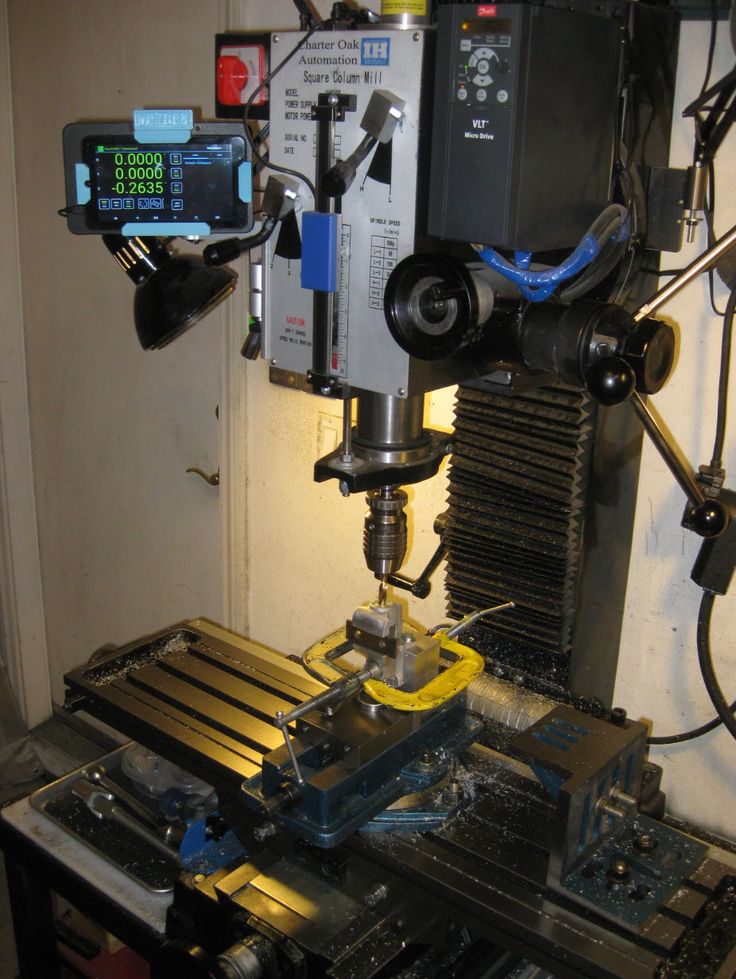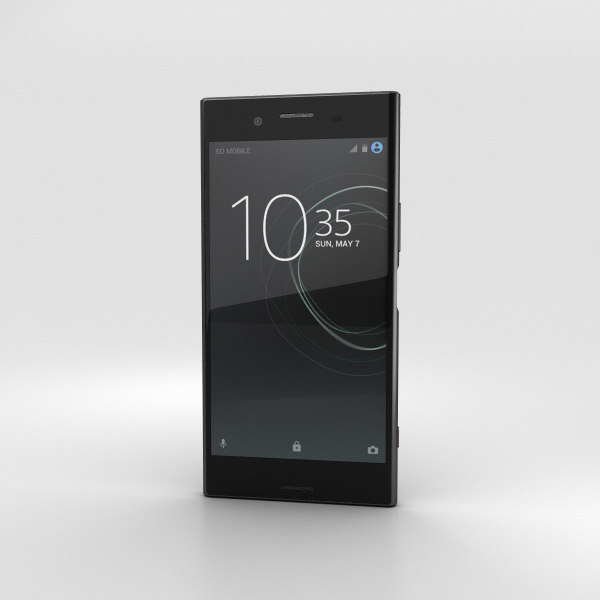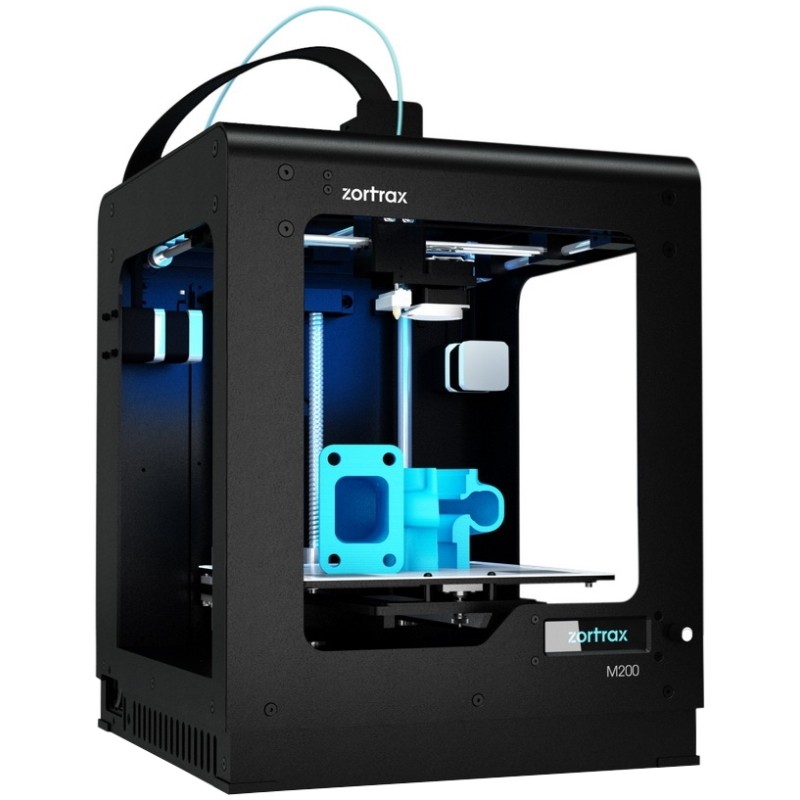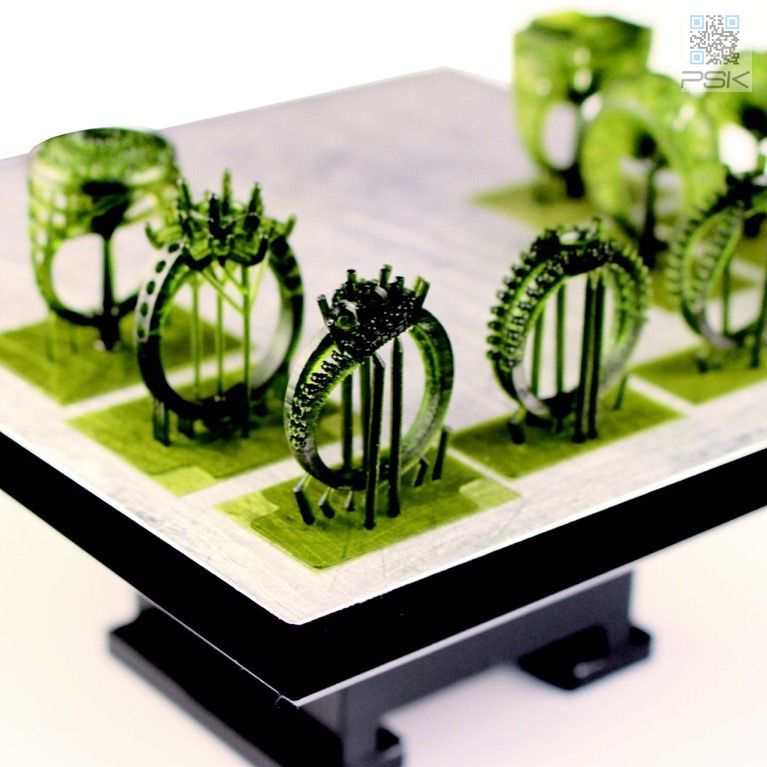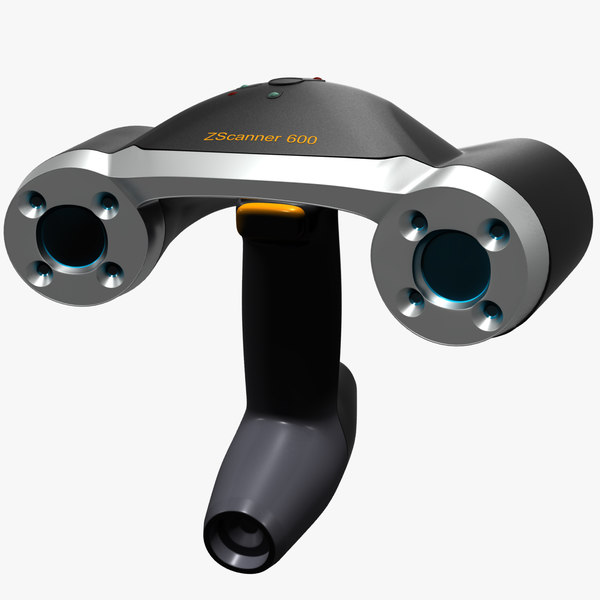3D printing in electrical engineering
The Top 4 3D Printers for Electrical Engineers
3D printing is an increasingly popular option for engineers. It speeds prototyping and gives them more freedom to try previously impossible options. For example, in 2019, engineers at Rutgers University printed plastic parts with high-performance electrical circuits inside them.
Here are four 3D printers electrical engineering professionals should consider using.
1. BotFactory SV2 Professional
This is BotFactory’s top-tier model in a collection of printers made for constructing printed circuit boards (PCBs). In addition to printing items, it can dispense conductive glue or soldering paste in the right places. It then places the components on top of the adhesive.
Since this model works with resistive and dielectric inks, it can print components directly onto the board. This accelerates the overall process, so projects get finished in minutes rather than hours. The printer also works with any computer-aided design (CAD) file, offering compatibility that supports engineers’ productivity.
The Professional model comes with an enclosure for this desktop printer. It can also print four layers, whereas the other BotFactory SV2 models only handle two.
2. Nano Dimension DragonFly LDM
This printer is advertised as “the industry’s only comprehensive additive manufacturing platform for around-the-clock 3D printing of electronic circuitry.” It’s an inkjet deposition printer that can make PCBs, antennas, sensors and more.
It also reduces the need for manual tasks. For example, the printer can make through holes without requiring drilling. The machine is capable of printing individual sections of a circuit’s design, too. This allows electrical engineers to engage in faster, more precise testing before fully developing a product.
One of the typical benefits associated with 3D printing for engineers is increased productivity. This printer takes that advantage to the next level with its numerous automated features. There’s a printhead management system, plus algorithms that reduce the overall setup times for projects.
3. CreatBot F1000
Before engineers invest in on-site 3D printers, they might rely on companies that offer build-to-print services. This process can quickly produce spare parts instead of reordering them. Part replication is usually the most common reason to find companies that provide build-to-print services. The companies can give engineers prototype assistance, too.
The CreatBot F1000 printer is a feature-filled option for situations where it makes sense to buy a 3D printer rather than using outside services. For example, this model has an outage-detection sensor that activates during power cuts. It withdraws the filament and stores the nozzle-positioning information in its memory, then automatically resumes the job after power returns.
There’s also app connectivity, allowing engineers to control the printer remotely and change parameters to get the best outcomes. An auto-leveling feature helps people get the expected results without manually adjusting the printer’s table height.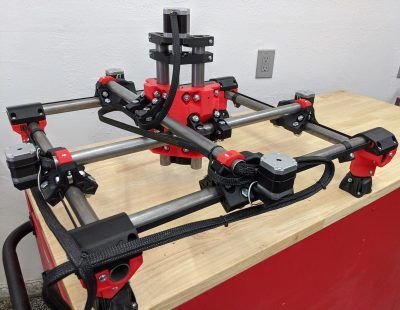 This 3D printer works best with large-scale projects, but it aligns with progress made in electrical engineering. For example, research is underway to print massive items, like solar panels.
This 3D printer works best with large-scale projects, but it aligns with progress made in electrical engineering. For example, research is underway to print massive items, like solar panels.
4. Electronic Alchemy eForge 3D Printer
Better cost-effectiveness is another benefit of 3D printing for engineers. When the overall price to produce a 3D-printed product goes down, it may become more feasible to personalize such items. In industries such as health care, it’s often impractical to make custom electronic devices for each patient, even if doing so would make them work better.
However, the reduced cost and customization capabilities of 3D printing make that approach more realistic. For example, engineers at the University of Arizona recently 3D-printed custom medical-grade wearables that wrap around body parts. The eForge 3D printer encourages creativity by letting users print with up to eight different materials simultaneously. It also has an auto-leveling feature and retractable nozzles.
The manufacturer also claims this will be the first printer model to create fully functional electronics since it makes all six components necessary for such projects. It is not commercially available yet, but interested persons can sign up to receive the latest news. A FAQ also mentions that people can get started with a prebuilt parts library that will include components such as transistors and capacitors.
Making the Most of a New 3D Printer
3D printing for engineers is an increasingly attractive option. However, investing in one is not enough to get guaranteed payoffs. Whether an interested consumer puts one of the models mentioned above or a different option on their shortlist, they should do additional research, such as reading specification sheets to see whether a printer’s capabilities match their project’s requirements.
It’s also necessary to set aside enough time for an engineering team to learn how to work with the printer. Setting the machine up properly and utilizing its features correctly increases the likelihood of satisfying results.
Finally, many 3D printer manufacturers have case studies and customer testimonials on their websites. Browsing through those is a good way to get an idea of the operating experience and what people could expect from their machine.
Emily Newton is the Editor-in-Chief of Revolutionized. She is a journalist who covers the innovations impacting the construction and industrial sectors.
cover image © unsplash
▷ 3D printing and its impact on electronic goods
Without doubt 2013 has been a year of technology driven innovation. 3D printing represents one area of progress achieved. Development went so far in the area that researchers were able to print a bionic human ear.
Evolution within 3D printing is coming towards the domain of consumer electronic too. This can be seen with a recent development that researchers were able to employ 3D printing to make a loudspeaker. It makes the process as simple as printing a product that is ready to go.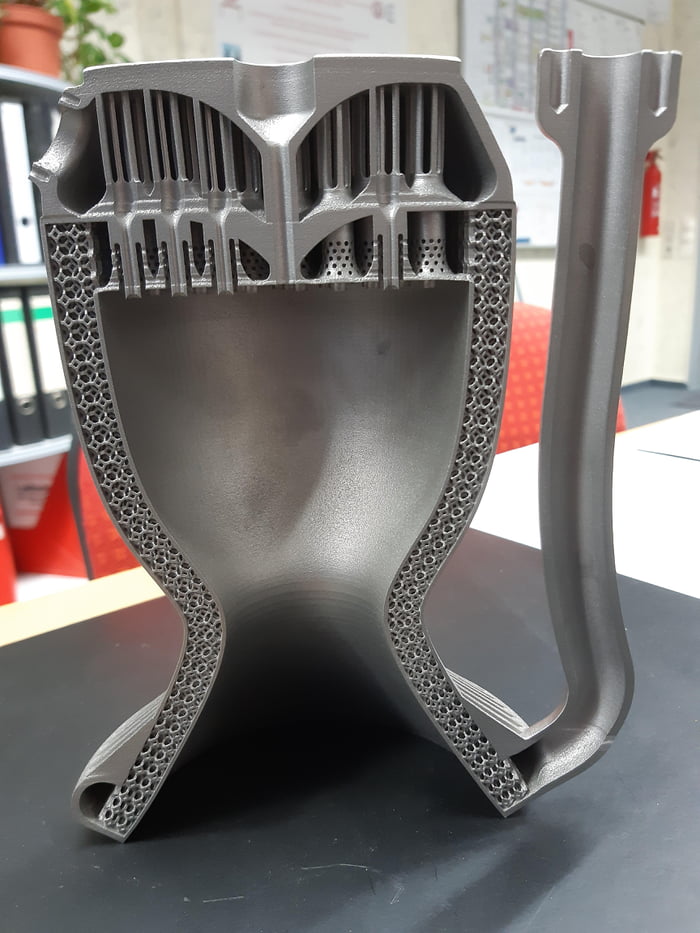
Rapid transformation is being seen with respect to ‘technology maturing’ where items from various blueprints can be made from material such as plastic, ceramic, glass and metal.
3D metal printing is considered as an advanced manufacturing technology which makes use of advances that have been made in conventional 3D printing. With the rising public interest and mass online exposure, this form of printing is going under metamorphosis at a rapid rate.
The speakers, made by researchers at Cornell University, were able to achieve the task through three materials: a plastic housing, conductive coil and a magnet.
Ease of approach
The example of printing of consumer goods shows how effectively 3D printing can impact the electronics market. More specifically, it can allow the area of customized electronics to flourish. People with even basic background on circuits and electronic goods, can generate blueprints, and successfully employ 3D printing to achieve cost effective production.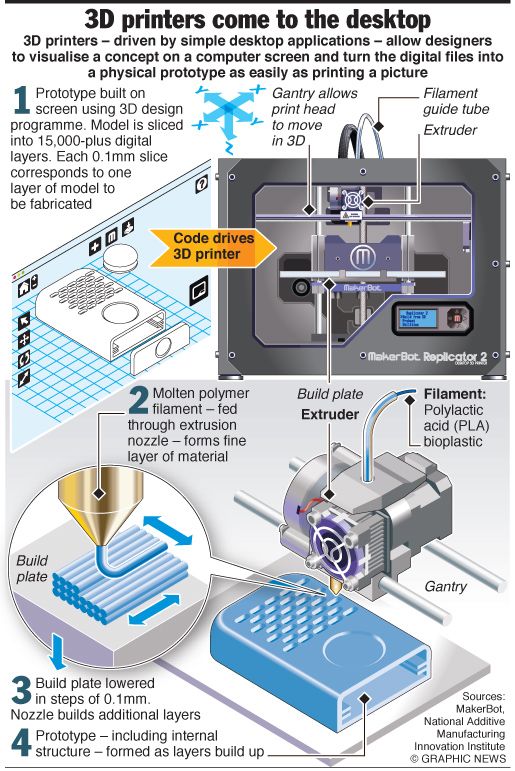
In the case of the loudspeaker, a very simple protocol was used. The researchers used a customizable research printer (Fab@Home) and employed the use of silver ink (conductive). The coil was printed using the silver ink. To make the magnet, viscous strontium ferrite was used. For the housing task, conventional plastic was used.
This shows the ease with which the task can be accomplished.
3D printing and electronic products
Global precedents are emerging with electronic devices being printed with the help of 3D printing. An innovation has been achieved in UK where engineers have created a new type of plastic that can conduct electricity.
The material that has been used in the process is termed as ‘carbomorph’ and can be used to print a variety of products ranging from a computer game controller to flexible sensors.
The special property of carbomorph is that it can be used to print electronic circuits. Carbomorph is made out of a carbon rich composite material which may very well revolutionize the production of electronic devices and goods.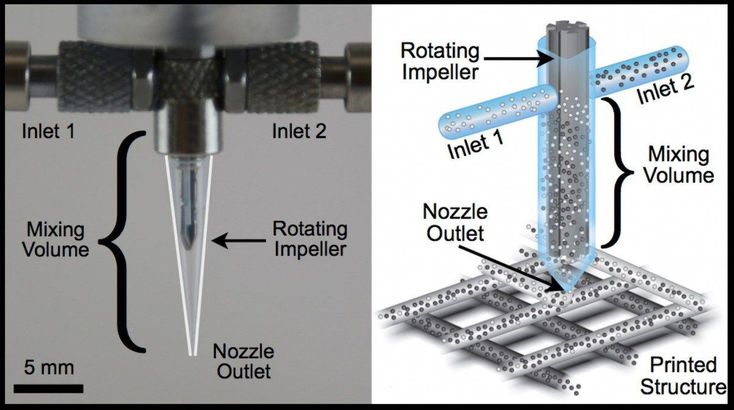
This material can be used with the common plastic used in 3D printers. Within a couple of years, it would be possible to print innards of objects such as mobile phones in no time at all. In the existing production model, interior and exterior forms are made separately.
Cost effectiveness is also being ensured in some models. Worthy mentioning in this regard is the fused deposition modeling in low cost 3D printers like RepRap. Fused deposition modeling can be used to make thermoplastic which can then be used in circuits.
The property of carbomorph material is defined as ‘piezoresistive’ and allows it usage within mechanical flexing devices. When the material is added into a device, it can be hooked to a capacitive sensing system. Since the material conducts electricity, it can result in 3D printed Human Interface devices. Such devices have a lot of impact from healthcare perspective, where they can be used to detect levels of important components such as glucose. In the case of electronics, they can be used to detect presence of fluids or leaked liquids.
Integrative approaches
Already other disciplines such as nanotechnology are benefiting the field of electronics. The focus at micro level is allowing better and efficient systems to be created. Furthermore, automation has become a norm within many devices.
The science of 3D printing and specially its rising cost effectiveness has provided a unique opportunity for engineers. Furthermore, from a learning perspective, it can allow prospective students to learn important production procedures without a major industrial infrastructure.
Domains such as nanotechnology are also assisting 3D printing in a way that it can be better incorporated in engineering. This can be seen with the example of sensors that has been described above. The carbomorph material can be ‘nano’-printed and substituted on various systems in order to increase sensitiveness. Secondly, the diversity of the circuit can also be improved using such an approach.
3D printing has evolved from a novelty science to more of a commercial venture. Its efficacy can be seen in examples seen above and the cost reduction is a major factor for spurring increase usage. Even people with average knowledge of engineering can take a dab at making products and customizing them at their will.
Its efficacy can be seen in examples seen above and the cost reduction is a major factor for spurring increase usage. Even people with average knowledge of engineering can take a dab at making products and customizing them at their will.
What’s your opinion on this topic? Have you already heard about it?
3d printing electrical installation electronic goods
FacebookTwitterLinkedIn
Optimization of production in the energy industry using 3D technologies
Implementation stories
Experts recommend
Energy
Author: Nikita Kudryashov
Author: Nikita Kudryashov
Application of 3D printing in the energy industry | Solar cells, batteries and power plants | New generation wind turbines | Graphene and liquid batteries | 3D printing in the gas sector: turbine blades
In a recent article, we talked about how 3D printing is beneficial for the production of solar panels.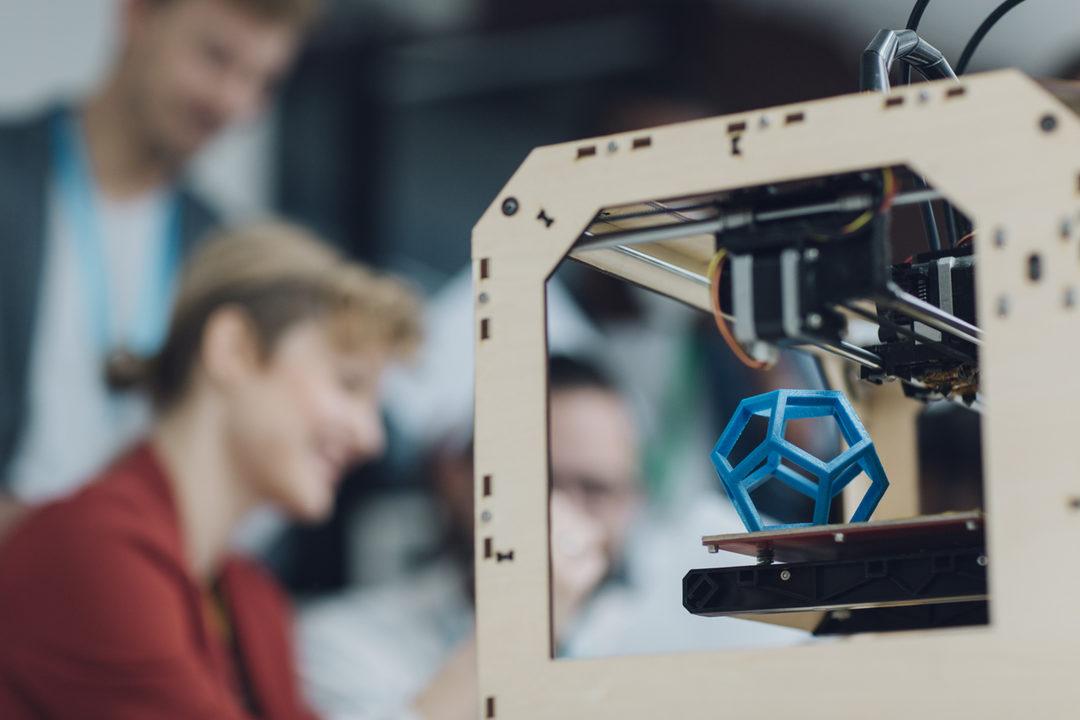 But this is only a special case of the use of additive technologies in the energy sector. Their potential is much wider - 3D printers can be used for prototyping and manufacturing in other sectors of the industry, for example, in oil and gas companies or to create wind and solar power plants.
But this is only a special case of the use of additive technologies in the energy sector. Their potential is much wider - 3D printers can be used for prototyping and manufacturing in other sectors of the industry, for example, in oil and gas companies or to create wind and solar power plants.
Additive manufacturing is becoming a strong ally of the energy industry, allowing it to explore new areas and applications. In this article, we will discuss all the advantages of 3D printing and talk about projects implemented in the energy industry using additive technologies.
3D printing applications in the energy industry
Prototyping and production
Today, 3D printing is used not only for prototyping, but also for the production of new parts, devices and structures. The examples that we will give perfectly demonstrate the advantages of this technology.
3D technologies allow you to work more efficiently at various levels.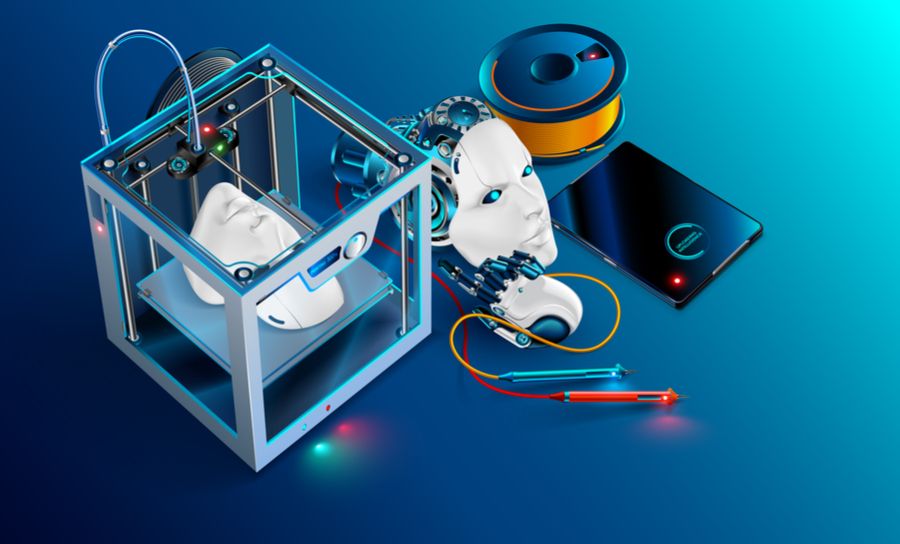 You can use 3D printing or 3D modeling to improve the visualization of your projects. 3D models - including printed ones - can be used not only within the company, but also to demonstrate projects to customers.
You can use 3D printing or 3D modeling to improve the visualization of your projects. 3D models - including printed ones - can be used not only within the company, but also to demonstrate projects to customers.
Photo: www.greentechmedia.com
Customization at lower prices
Additive manufacturing attracts many companies with the ability to create parts tailored to individual requirements. If you are making parts to order, then 3D printing is exactly what you need.
No less important is the fact that 3D technologies owe their widespread use in the energy sector to low cost, especially for prototyping - 3D printing allows you to carry out as many iterations as you need.
3D printing in the development of new devices
We already wrote that 3D printing has made a real revolution in renewable energy and that solar panels made on a 3D printer are 20% more efficient than standard ones.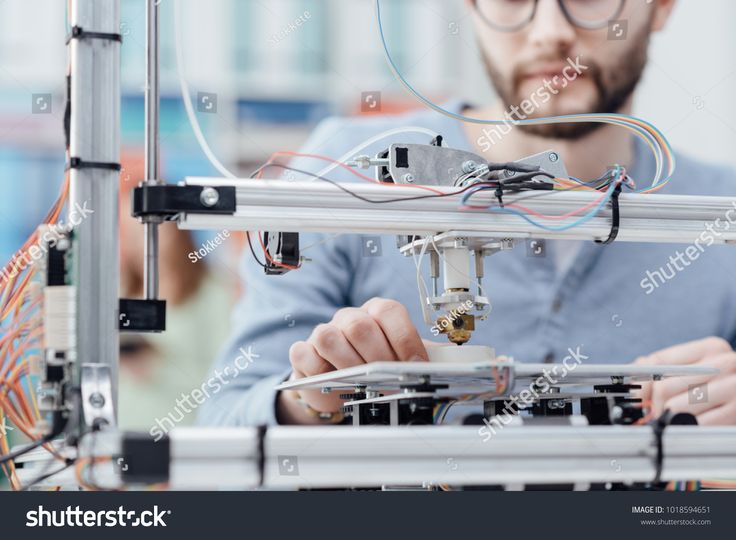 New materials and technologies are further increasing the efficiency of devices - for example, recently materials have been developed that have allowed rethinking the production of solar panels.
New materials and technologies are further increasing the efficiency of devices - for example, recently materials have been developed that have allowed rethinking the production of solar panels.
The possibilities of using 3D printing in the energy sector are very wide, but their implementation requires special materials. The properties of the materials depend on the intended use of the final parts - resistance to loads, pressure, chemicals or heat may be required.
Siemens 3D printing technology speeds up turbine blade production by 90%
Energy Innovation: Best 3D Printed Projects
We have collected examples of the best energy projects using 3D printers. They will help you better understand the current possibilities and potential of additive manufacturing in this industry.
Solar cells, batteries and power plants
A Dubai-based company has chosen 3D printing for a project called Smart Palm. The idea is to create stations on city streets and beaches where people can charge their phones, connect to Wi-Fi, and so on. "Smart palm trees" have a modern design and collect solar energy.
The idea is to create stations on city streets and beaches where people can charge their phones, connect to Wi-Fi, and so on. "Smart palm trees" have a modern design and collect solar energy.
"Smart palm trees" with solar panels / Photo: inhabitat.com
Stations are printed on reinforced plastic 3D printers. At first it was planned to make them from steel, but the creators sought to reduce the weight of the structure and therefore chose 3D printing from plastic.
Some of Sculpteo's customers work with solar energy and use 3D printing. For example, Simusolar, founded in 2014, is building solar power plants in rural Tanzania, designing and implementing compact, sustainable solutions that help people in their daily lives. The company's customers are farmers, fishermen and villagers who need equipment powered by solar electricity. Simusolar uses 3D printing because there is a need for many custom parts.
The Australian organization CSIRO (Commonwealth Scientific and Industrial Research Organization) uses 3D printers to print rolled solar cells. CSIRO produces A3 size photovoltaic sheets that are suitable for all surfaces (eg windows and buildings). This opens up completely new possibilities: the high efficiency of solar panels and 3D printing technologies allow the company to create accurate and reliable systems. As we have already found out, solar panels printed on a 3D printer are 20% more efficient than traditional ones.
Solar cell printed on a 3D printer / Photo: 3DPrint.com
To date, these are the largest photovoltaic cells. They are made of flexible lightweight plastic. Researchers have developed an ink with photoelectric properties that is applied to a strip of flexible plastic. The production process includes coating the strips with an engraved cylinder, applying ink using a slotted die, as well as squeegee printing.
New generation wind turbines
Additive technologies make it possible to create new types of wind turbines. Wind farms are known to be an efficient source of energy, but Orange Silicon Valley decided to go even further and find out if it is possible to manufacture microturbines, and if so, how.
Conventional wind farms are difficult to transport, which is why the company has focused on developing smaller plants. Such installations can be easily transported to areas where it is difficult to use traditional wind turbines. In addition, they are ideal for urban conditions. Prototypes of installations were printed from ABS plastic on a desktop 3D printer.
Startup RCAM Technologies decided to introduce 3D printing for the production of wind farms. The goal of the project is not to create microturbines, but, on the contrary, large ones. Indeed, the higher the setting, the more efficient it works. The idea is simple: print some wind farm parts on the spot. In 2019, StartUs Insights analysts included RCAM Technologies in the list of the best startups using additive technologies in the energy sector.
The rapid development of large-scale 3D printing makes it possible to implement ever larger projects. In other words, 3D printers will make wind energy more efficient. At the moment, the company is creating prototypes of wind turbines using a robotic arm.
At the moment, the company is creating prototypes of wind turbines using a robotic arm.
Graphene and wet batteries
We already know about the benefits of graphene batteries; but if you print them on 3D printers, they become even more productive and greener. Researchers from the City University of Manchester, the University of Chester and Central South University in China have created an entirely new energy storage device.
Inside it are disk electrodes printed with graphene on a 3D printer. This amazing material is the future of electrical engineering and electronics. Many different materials can be used for printing, depending on the purpose of the project. Additive technologies make it possible to create entire systems for the production and storage of renewable energy.
Parts of the Redox Flow battery case printed on a 3D printer / Photo: jss.ecsdl.org
Researchers from IBM and ETH Zurich have created the first liquid battery that simultaneously produces electricity and cold.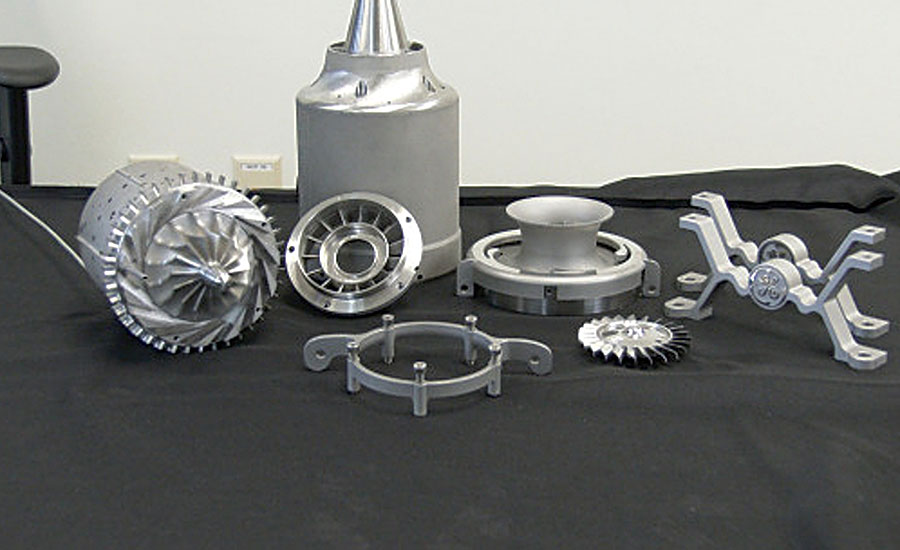 It is called "Redox Flow" and is produced using 3D printing. The research team uses additive technologies to create a system of microchannels through which the electrolyte moves. This minimizes energy consumption and avoids high internal temperatures.
It is called "Redox Flow" and is produced using 3D printing. The research team uses additive technologies to create a system of microchannels through which the electrolyte moves. This minimizes energy consumption and avoids high internal temperatures.
3D printing in the gas sector: turbine blades
Siemens UK engineers decided to use 3D printing for the production of gas turbine blades. The blades must be resistant to high pressure, speeds up to 1600 km/h and withstand an ambient temperature of 1250°C with rapid cooling down to 400°C.
Siemens UK launches additive manufacturing of turbine blades / Photo: www.siemens.com
What are the advantages of 3D printing for the production of such equipment? The technology speeds up the blade manufacturing process by 90%! This is a typical use case for 3D printing for oil and gas companies.
Steel components are expensive. Additive methods can reduce their cost and allow you to get any parts of any size, fully adapted to specific equipment. Additive technologies in the energy sector have a great future.
Additive technologies in the energy sector have a great future.
Author: Lucy Gage. Translation from English. Original material on the site Sculpteo
Screensaver photo: www.siemens.com
We hope this overview will help you better understand the benefits of 3D printing for the energy industry. Contact iQB Technologies specialists: we will advise you on the implementation of additive technologies, perform test services, and develop a ready-made solution: [email protected], +7 (495) 223-02-06.
Article published on 05.12.2019 , updated on 04.07.2022
3D printers in electronics manufacturing
Which products are 3D printed by electronics manufacturers:
- concept models for visual evaluation or market research;
- test prototypes to test functionality, ergonomics, assembly of complex structures;
- ready-to-use articles or individual items;
- silicone casting master patterns.
Many 3D printers use common types of plastics (such as ABS) commonly used in instrumentation. Polymer resins are also used to print high-precision prototypes and test samples.
Which products are 3D printed by electronics manufacturers:
- concept models for visual evaluation or market research;
- test prototypes to test functionality, ergonomics, assembly of complex structures;
- ready-to-use articles or individual items;
- silicone casting master patterns.
Why use 3D printers in production
- Reduce time. It takes only a few hours to create a prototype of a new device using a 3D printer. You no longer have to wait 2-3 weeks for a contractor to make a sample for you.
- Reducing the cost of production. The cost of manufacturing an object on a 3D printer is several times lower than if you create a mold for this.

- Preservation of trade secrets. 3D printer in the office will allow you to save all the details of new developments within the company. You do not need to share information with third-party customers to produce the desired part.
- Extensive testing and development options. You can make as many prototypes as you need quickly and cheaply. Test, make improvements - until you reach the ideal.
Case studies of 3D printing in electronics manufacturing
How Logitech uses 3D printing
A major personal electronics manufacturer uses various types of 3D printers during the design and testing of new products.
For example, Logitech creates prototypes of computer mice from a translucent photopolymer in order not only to evaluate the ergonomics and appearance of a new product, but also to analyze the location of components inside the design.
3D printing was also used to assemble test samples of one of the company's headsets. Comprehensive testing allowed us to release the most convenient, durable and functional product in a very short time.
Comprehensive testing allowed us to release the most convenient, durable and functional product in a very short time.
Why use 3D printers in production
- Reduction of terms. It takes only a few hours to create a prototype of a new device using a 3D printer. You no longer have to wait 2-3 weeks for a contractor to make a sample for you.
- Reducing the cost of production. The cost of manufacturing an object on a 3D printer is several times lower than if you create a mold for this.
- Preservation of trade secrets. 3D printer in the office will allow you to save all the details of new developments within the company. You do not need to share information with third-party customers to produce the desired part.
- Extensive testing and development options. You can make as many prototypes as you need quickly and cheaply.
 Test, make improvements - until you reach the ideal.
Test, make improvements - until you reach the ideal.
Case studies of 3D printing in electronics manufacturing
How Logitech uses 3D printing
A major personal electronics manufacturer uses various types of 3D printers during the design and testing of new products.
For example, Logitech creates prototypes of computer mice from a translucent photopolymer in order not only to evaluate the ergonomics and appearance of a new product, but also to analyze the location of components inside the design.
3D printing was also used to assemble test samples of one of the company's headsets. Comprehensive testing allowed us to release the most convenient, durable and functional product in a very short time.
Unique microphone for group U2
A specially designed and 3D printed microphone with LED inserts for U2's world tour. Due to the complex internal structure, it was able to accommodate not only a large amount of electronics, but also to make it strong enough to support the weight of the vocalist.




